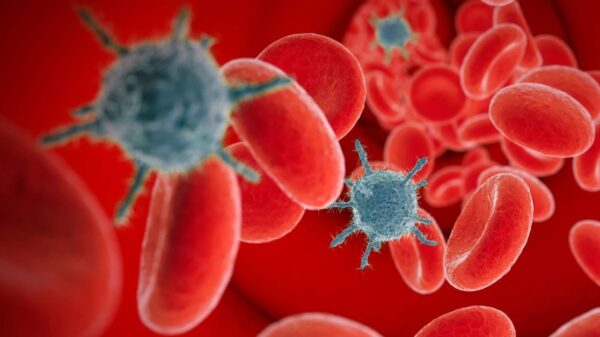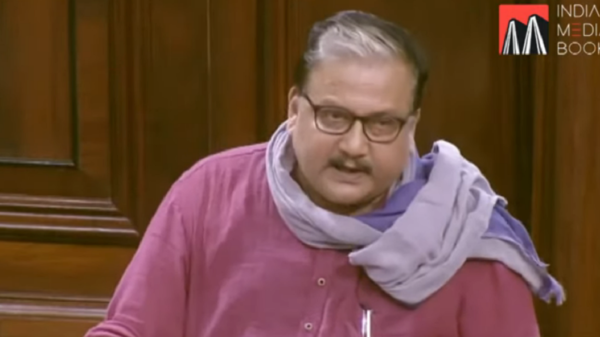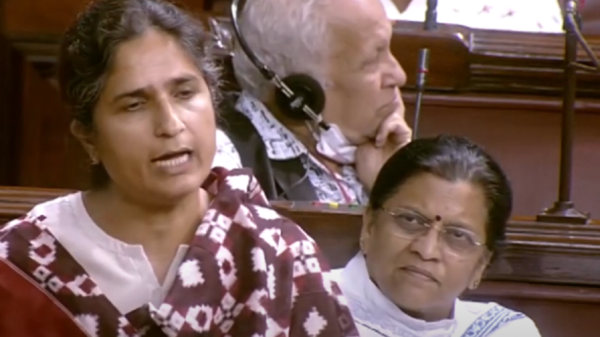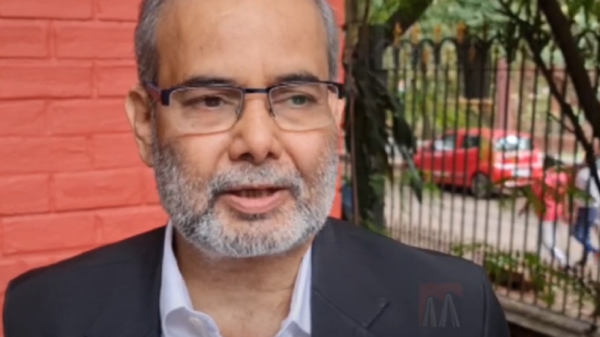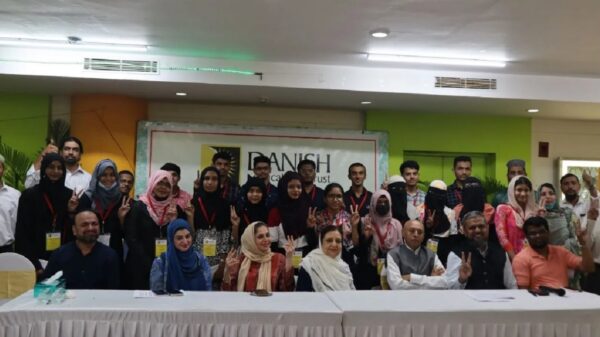Fewer men and boys were falling victims to homicide in India but more women and girls are, according to the UN.
The total number of homicide victims fell from 48,167 in 2000 to 42,678 in 2016, the Global Study on Homicide 2019 released by the UN Office on Drugs and Crime (UNDOC) on Monday found.
But the number of women and girls who became homicide victims in India has increased from 15,196 in 2000 to 18,016 in 2016, while the number of men and boys who were victims fell from 32,971 to 24,662 during that period, the report said.
Commenting on a contributor to the higher homicide numbers for women, the report said: “Available data on dowry-related killings from the National Crime Records Bureau indicate that female dowry deaths account for 40 to 50 per cent of all female homicides recorded annually in India, representing a stable trend over the period from 1999 to 2016.”
“The Global Study on Homicide seeks to shed light on gender-related killings, lethal gang violence and other challenges, to support prevention and interventions to bring down homicide rates,” said UNODC Executive Director Yury Fedotov while releasing the report.
The report also noted a geographic variation in the homicide trend in India.
Although the overall homicide rate for India fell by 10 per cent between 2009 and 2016, it saw “some states in the north registering an increase in the homicide rate, while some larger states in the south (e.g. Andhra Pradesh) experienced a decrease”, the report said.
A striking finding in the report is that of Mumbai, a metropolis of over 18 million people, has one of the lowest homicide rates – just 0.9.
To be able to accurately compare the occurrence of homicides between different areas or time periods, the homicide rate, which is the number of incidents for every 100,000 people, is used.
The rate of homicides in India fell from 4.6 in 2000 to 3.2 in 2016 but showed a significant gender difference.
The homicide rate for men and boys fell sharply from 6 in 2000 to 3.6 in 2016, the rate for women and girls has held almost steady between 3 in 2000 and 2.8 in 2016, with small fluctuations over the years.
Although there was a spike in the number of homicides between 1995, when there were 44,162 in a smaller population, and 2000 when 48,167 was recorded, the rate has fallen significantly from the 5.1 in 1995.
World-wide, 464,000 people became homicide victims in 2017, a number far higher than 89,000 killed in armed conflicts, the report said.
Globally also, the homicide rate has been coming down from a peak of 7.39 in 1993 to 6.8 in 2000 and down further to 6 in 2016, although there was a small rise to 6.14 in 2017, the report found.
“Although women and girls account for a far smaller share of victims of homicide in general than men, they continue to bear by far the greatest burden of intimate partner and family-related homicide,” the report said.
The Americas were the world’s most violent area, according to the report, with a homicide rate of 17.2 in 2017. This was because some countries in the region had among the world’s highest rates linked to organised crime and gangs, the report said.
El Salavador’s rate was 61 that year, Jamaica’s was 57 and Honduras was 41.
In contrast, the rate for the US was 5.3 and for Canada it was 1.8, among the lowest in the world.
(IANS)

















